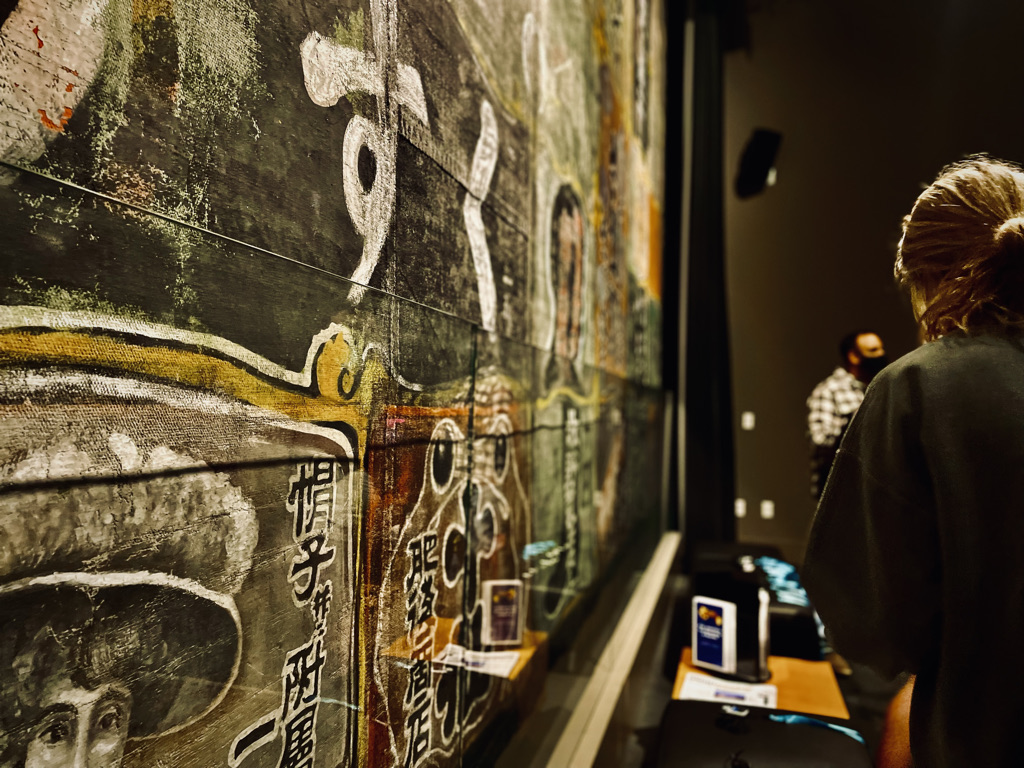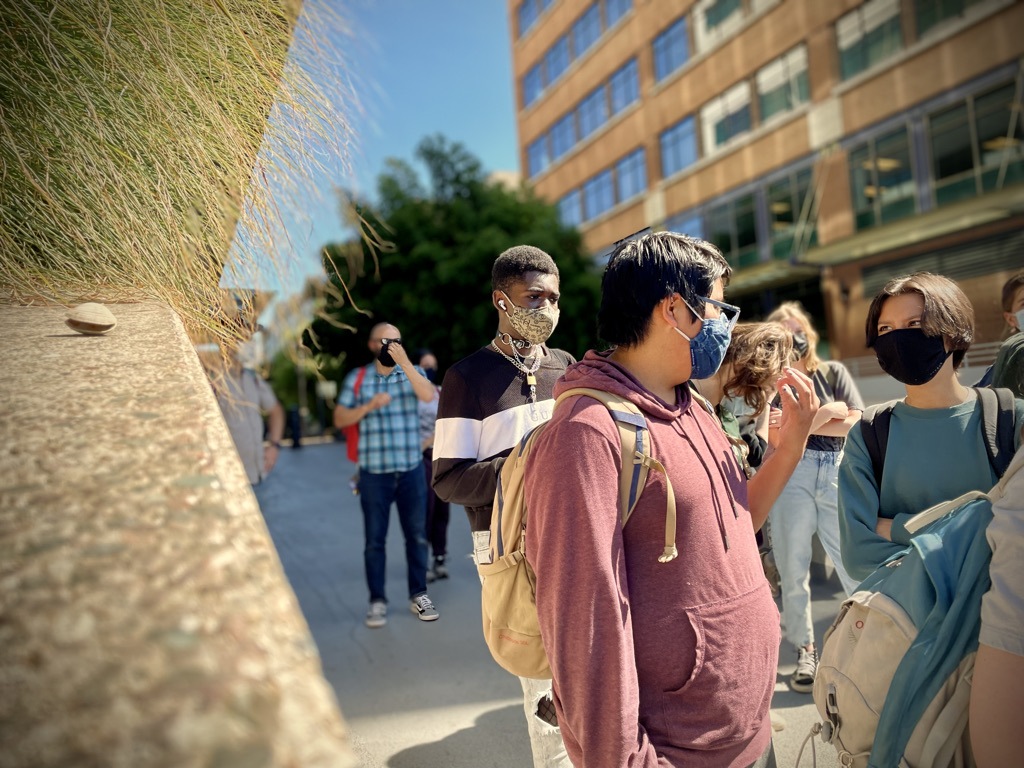Hyla Stories
Hyla High’s First Week

Launch Week at Hyla High:
Concentric Circles of Learning & Impact
As a deep learning program, Hyla High attracted a founding group of students who share a clear and common rallying cry: “I want an education within community.” Launch Week gave them community as an experience, but also as a mindset, a critical thinking tool, and an academic method. During Launch Week, the practice of community also activated student engagement, leadership, inquiry, and co-creation – all essential and interconnected elements of deep and purposeful learning.
We began by introducing the high school “campus” as an expansive learning environment that emanates beyond IslandWood classrooms into the surrounding communities of Winslow, Seattle, and beyond. Through activities in each of these environments, students were asked to investigate beyond the familiar to identify deeper connections. At IslandWood, students met new classmates and spaces through a team-based problem-solving challenge course. In Winslow, students reframed interview questions with local leaders to hear their views on contemporary challenges while also asking what role these leaders see for our students as agents of change. In Seattle, students investigated historic neighborhoods with experts whose varied voices, stories, and backgrounds revealed layers just beneath the surface, like the Panama Hotel that one could easily walk past if you didn’t know it is a National Historic Landmark and time capsule of the Japanese-American and Japanese immigrant experience during WWII.
Spanish Teacher Tom Neal explained the deliberate choice to start at the local level with students to help them “redefine for themselves what community means.” At a practical level, he explained, “we want students to get familiar with the layout of IslandWood, Winslow, and Seattle in new ways – as learning spaces – so they know how to access and move around those spaces as students. But we also want them to get comfortable in those spaces as citizens who are linked to those spaces in countless ways through complex systems like politics, housing, and public policy.” As students connect with people and voices beyond classrooms and through the lens of citizenship, students begin to see themselves as belonging to multiple, intersecting spaces and they can then explore their responsibility and impact within each. Examining connections and building networks are academic models that students will apply across disciplines throughout the year.
Launch Week then integrated experience and critical thinking by bringing the investigative methods students practiced in Seattle back to the classroom. Along with other questions, American History class asked students in 10th and 11th grades: “How can we start to look at multiple stories/experiences of American History just by looking closely at one neighborhood in Seattle?” To answer the question in a writing assignment (in class and at home), students worked from a data set of primary and secondary sources that included, among others, articles on the Chinese Exclusion Act of 1882, Ordinance No.5, and students’ own observations to develop their understanding of Seattle’s historic downtown area. “With expeditionary learning,” explained Social Studies teacher KNA, “you need to think broadly about sources and it requires specific skills to access those sources. It requires learning to look with curiosity and then building on those skills by using them in other contexts.” The next ring of investigation will ask students to look at the global connections within Seattle’s downtown area and International District. “We’ll ask students how historic neighborhoods in Seattle fit into global systems,” said KNA, “and how those global connections influenced how the community was formed.” Understanding the role that Asian Americans played in Seattle’s growth requires students to examine multiple perspectives, not just the policies of exclusion that created specific neighborhoods, but also, as KNA explained, “the immense pride and contributions of those neighborhoods, their spirit of resilience, support for each other, and sense of belonging.” This plurality of perspectives from the past is essential to understanding contemporary experiences and challenges with greater depth and analysis.
During our first week together, Hyla High School students learned that community is not only a shared belonging and a feeling of connection, it is also a meaningful pathway to depth, scholarship, and purpose. In community, we’ll continue to ask big questions, seek connections, and build together – brick by brick.
Photos: By Coco Ragan, 10th grade. Coco’s photos from Launch Week are themselves a statement on the importance of perspective in shaping what we see and how we see it.


